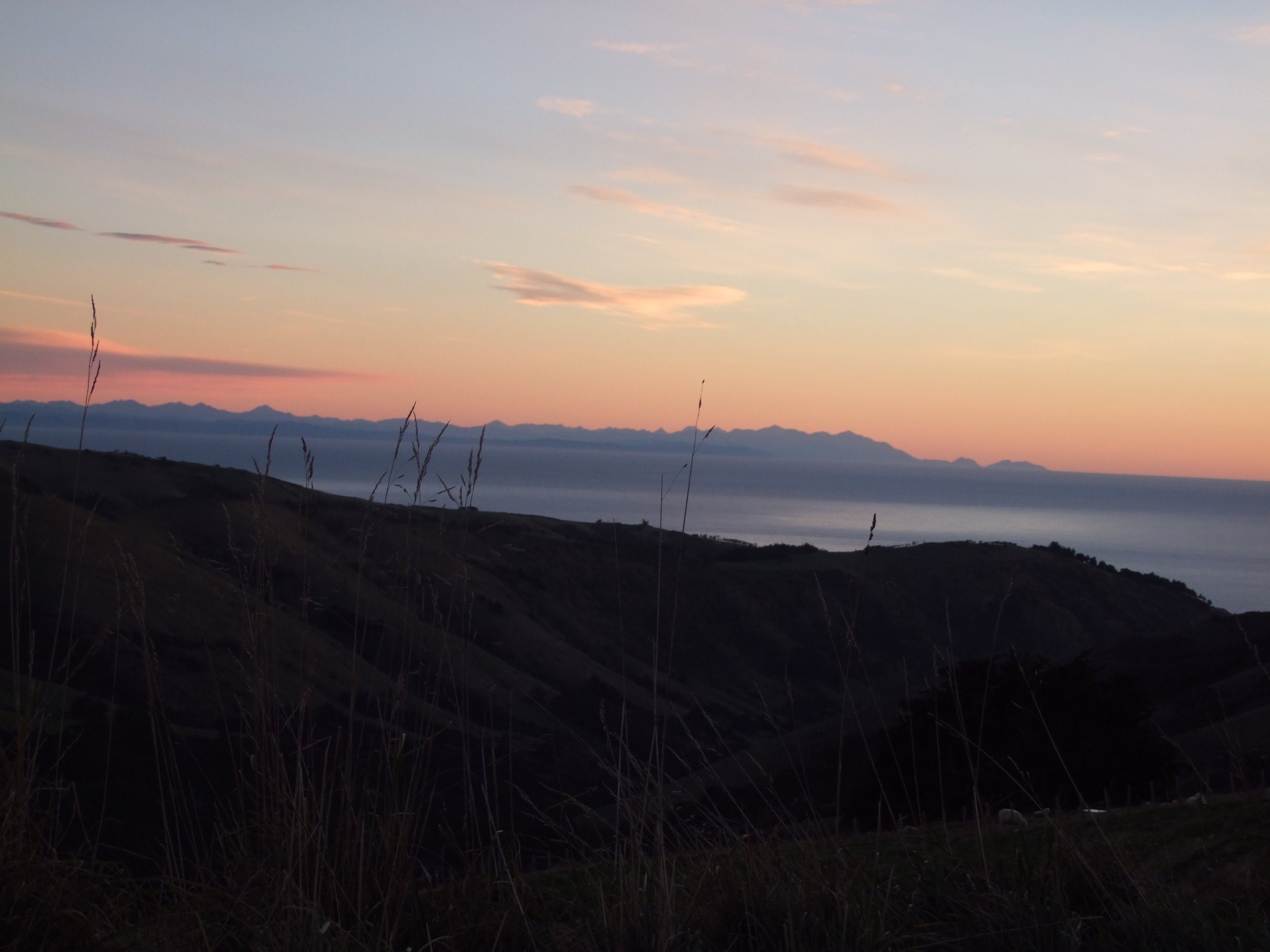
GEOPARKS
WHAT IS A GEOPARK?
Geoparks serve as a means for visitors to explore the outdoors through a lens of geology and environment, heritage, sustainability, and local economy.
Geology is the foundation of landscape, biodiversity, and human culture.
Therefore, all visitors who travel for landscape, wildlife or culture do so because of the unique geology.
This applies directly (adventure activities, scientific exploration, nature/wildlife watching etc.) and indirectly (appreciating the scenery from car or through a cultural lens).
GEOPARK CONCEPT
The Geopark concept was first established by the United Nations Educational, Scientific and Cultural Organisation (UNESCO) in 1998 to recognise geographical areas where sites and landscapes of international geological significance can be celebrated and managed within a holistic framework of protection, education, and sustainable development.
In 2018, UNESCO New Zealand formally acknowledged Geoparks as a way of giving special recognition to parts of Aotearoa/New Zealand.
OUR GEOPARK
Te Pātaka o Rākaihautū / Banks Peninsula Geopark will engage people in the landscapes and stories of Banks Peninsula. Te Pātaka o Rākaihautū / Banks Peninsula Geopark is a local resident, rūnanga, and community group-initiated concept designed to provide local and place-based educational experiences to a range of target visitors, and provide a mechanism for sustainable growth and development. Banks Peninsula has a unique geology on which has evolved a diverse biosphere, cultural history, concepts of conservation, and land use practices. These features are key to UNESCO Geopark accreditation, which is the ultimate aim of this initiative.
UNESCO
UNESCO accreditation will be pursued once Te Pātaka o Rākaihautū / Banks Peninsula Geopark is in an operational state, has the required governance, funding, education strategies and implementation, marketing, visitor monitoring, and research relationships, in place, and as required in the UNESCO accreditation regulations.




